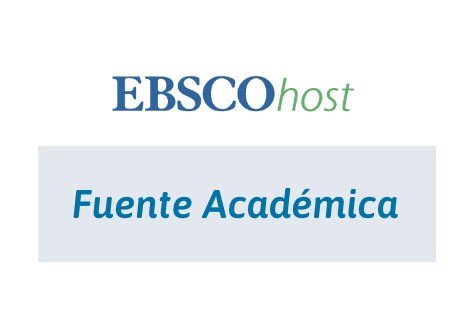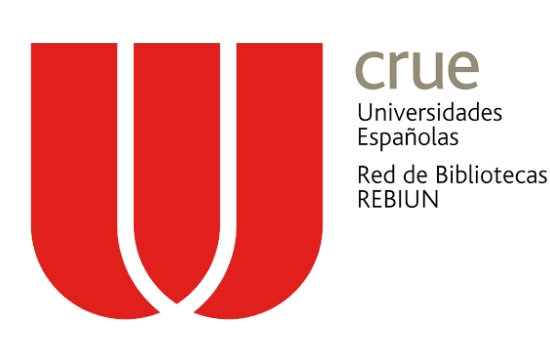Andean figural iconographies for the learning of intercultural mathematics in initial educational students in the rural region of Peru
DOI:
https://doi.org/10.22267/relatem.24171.105Keywords:
Iconography, Interculturality, Ethnomathematics, CosmovisionAbstract
The objective of the research was to evaluate the effectiveness of early education mathematics learning sessions, designed and organized around teaching materials based on Andean figural iconography, contextualized under the contributions of the intercultural approach. A quasi-experimental design was applied with two groups, a control group and an experimental group with pre-test and post-test for each group. The study sample was constituted as follows: a) control group: 11 students from the Initial Educational Institution No. 312 of Unocolla, b) experimental group: 6 students from the Initial Educational Institution No. 1365 of Pucachupa. As an instrument for the pre-test and post-test a checklist corresponding to the “competence acts and thinks mathematically in situations of quantity” in mathematics was applied to both groups, which records qualitative and quantitative results. The intervention procedure consisted of the application of the didactic strategy to the experimental group with contextual material called Andean figural iconographies. The results show satisfactory performances in the experimental group in all areas evaluated with respect to the developed competence, finding a significant difference between the average of the control group and the average of the experimental group. Finally, the qualitative aspects that explain the effectiveness of the procedure are discussed.
Downloads
References
Asencios, R. (2016) Rendimiento escolar en el Perú: Análisis secuencial de los resultados de la Evaluación Censal de Estudiantes. Banco Central de Reserva del Perú. https://www.bcrp.gob.pe/docs/Publicaciones/Documentos-de-Trabajo/2016/documento-de-trabajo-05-2016.pdf
Ávila, A. (2014). La etnomatemática en la educación indígena: así se concibe, así se pone en práctica. Revista Latinoamericana de Etnomatemática, 7 (1), 19-49. http://www.redalyc.org/pdf/2740/274030901002.pdf
Campos, B., Gastello, W., & Díaz , C. (2023). Etnomatemática como estrategia de aprendizaje en los niños. Horizontes. Revista De Investigación En Ciencias De La Educación, 7(29), 1289–1300. https://doi.org/10.33996/revistahorizontes.v7i29.591
Caral, N., & Chiliquinga, R. (2020). Entramado del conocimiento Andino desde el concepto: Tupthaptaña Pacha en Educación Intercultural Bilingüe. Revista Scientific, 5(16), 352–371. https://doi.org/10.29394/Scientific.issn.2542-2987.2020.5.16.19.352-371
Cole, M. (2003) Psicología Cultural. Morata
Chávez-Epiquén, A., Moscoso-Paucarchuco, K., & Cadillo-León, J. (2021). Método activo en el desarrollo de competencias matemáticas en niños de la cultura Awajún, Perú. Uniciencia, 35(1), 55-70. https://dx.doi.org/10.15359/ru.35-1.4
Díaz, D., Aguayo, C. y Cortés, C. (2014) Enseñanza de la estadística mediante proyectos y su relación con teorías de aprendizaje. Revista Premisa, 16 (62), 16-23. http://funes.uniandes.edu.co/6154/
Durand, J. (2004) Introducción a la iconografía andina 1: muestrario de iconografía andina referida a los departamentos de Ayacucho, Cusco y Puno. IDESI/BID
Ministerio de Educación, Perú (2015). Matemáticas en Educación Intercultural Bilingüe Orientaciones Pedagógicas. Lima. Ministerio de Educación. Recuperado de http://www.drelp.gob.pe/DIGEIBIRA/COMUNICADOS/Matem%C3%A1tica%20EIB.pdf
Ministerio de Educación, Perú (2013). Rutas del Aprendizaje Versión 2015 ¿Qué y cómo aprenden nuestros niños y niñas? II Ciclo Área curricular Matemática 3, 4, 5 años de Educación Inicial. Recuperado de http://www.minedu.gob.pe/rutas-del-aprendizaje/documentos/Inicial/Matematica-II.pdf
Ministerio de Educación, Perú (2013) Hacia una educación intercultural bilingüe de calidad. Propuesta pedagógica. Dirección General de Educación Intercultural, Bilingüe y Rural. https://repositorio.minedu.gob.pe/handle/20.500.12799/3112
Ruiz, J. (2002). Introducción a la iconografía andina: Muestrario de iconografía andina referida a los departamentos Ayacucho, Cusco y Puno. Lima, Perú. https://www.academia.edu/33341354/Introducci%C3%B3n_a_la_iconograf%C3%ADa_andina
Schroeder, J. (2005) Mas allá de los platos típicos: el proyecto matemática intercultural en el Perú. Cuadernos Interculturales, 3 (4), 51-63. http://www.redalyc.org/articulo.oa?id=55200405
UNESCO (2022) El estudio ERCE 2019 y los niveles de aprendizaje en Matemáticas ¿Qué nos dicen y cómo usarlos para mejorar los aprendizajes de los estudiantes?OREAL/UNESCO/Santiago.https://unesdoc.unesco.org/ark:/48223/pf0000382720
UNICEF (2022, septiembre) En todo el mundo, las niñas están a la zaga de los niños en matemáticas como consecuencia de la discriminación y los estereotipos de género. https://www.unicef.org/es/comunicados-prensa/todo-mundo-ninas-estan-zaga-ninos-matematicas-consecuencia-discriminacion-genero
Vilca, H.; Sosa, F. (2020) Etnogeometría aymara: propuesta de terminología matemática para la escuela rural de Perú. Revista Latinoamericana de Etnomatemática, 13 (2), 45-65. https://www.redalyc.org/articulo.oa?id=274065860004
Villavicencio, M (2011). Las etnomatemáticas en la educación intercultural bilingüe de Perú: avances y cuestiones a responder. Ponencia presentada en el XIII CIAEM‐IACME, Recife, Brasil, 2011. Recuperado de http://www.etnomatematica.org/publica/articulos/peru.pdf
Downloads
Published
How to Cite
Issue
Section
License
Copyright (c) 2024 Edgar ATAMARI ZAPANA

This work is licensed under a Creative Commons Attribution 4.0 International License.
Once the article is accepted by the Latin American Journal of Ethnomathematics, the authors cede the rights to publish and distribute the text electronically, including storing it and making it available online.
The authors can distribute their own material without soliciting permission from the Latin American Journal of Ethnomathematics, whenever mentioning that the original version is found at http://www.revista.etnomatematica.org
Copyright © 2008, Latin American Journal of Ethnomathematics
All contents of the Latin American Journal of Ethnomathematics are published under the _ and can be used freely, giving credits to the authors and to the Journal, as established by this license.











